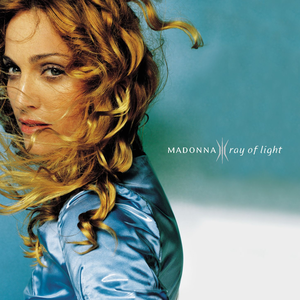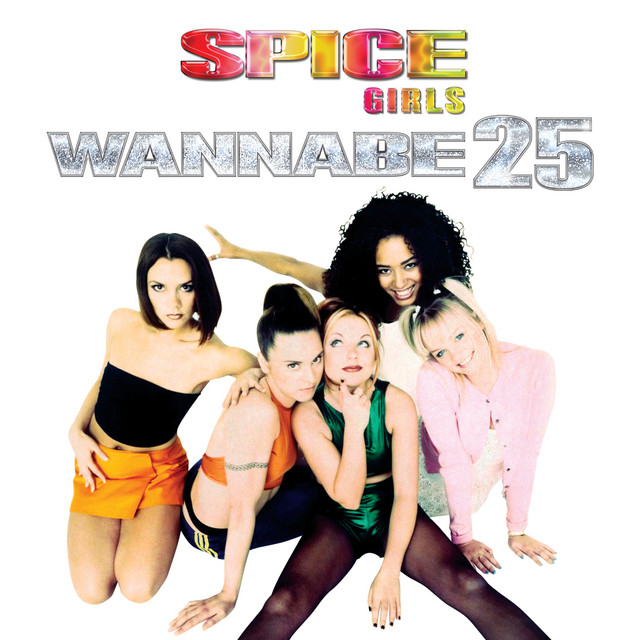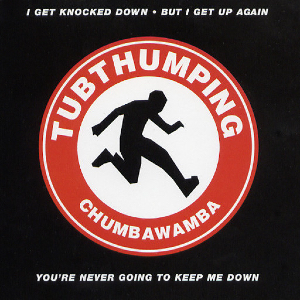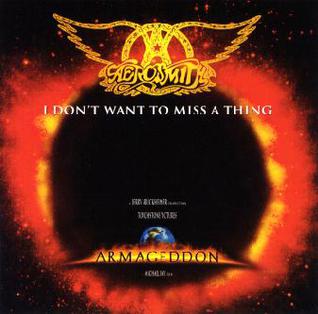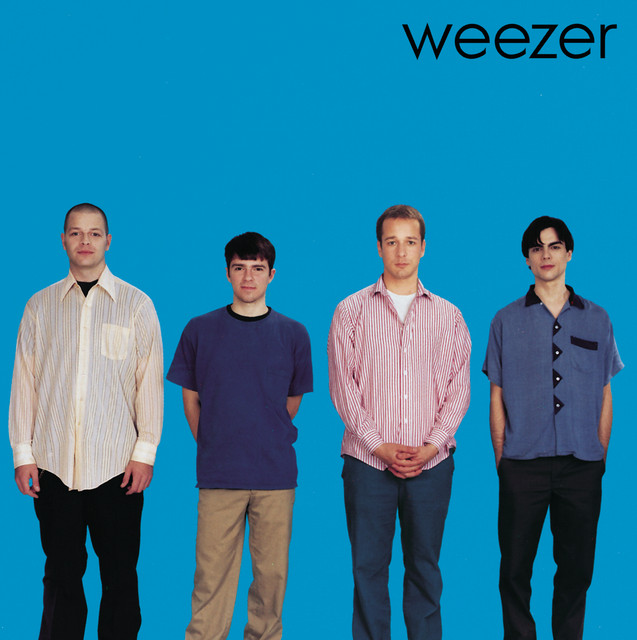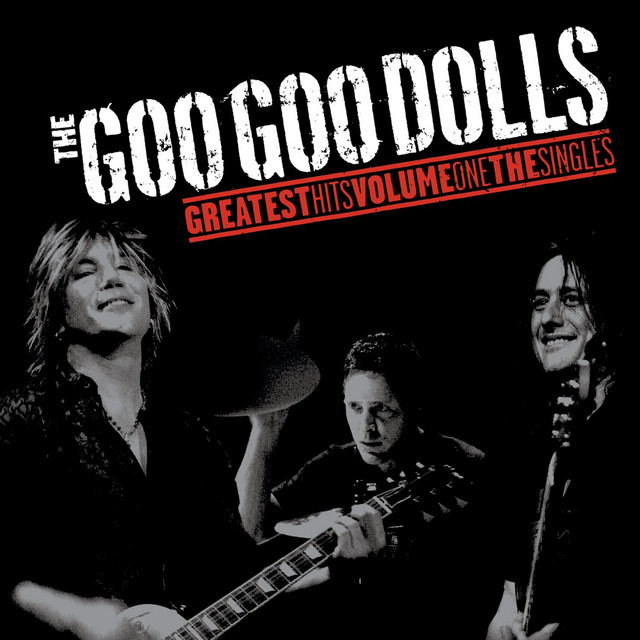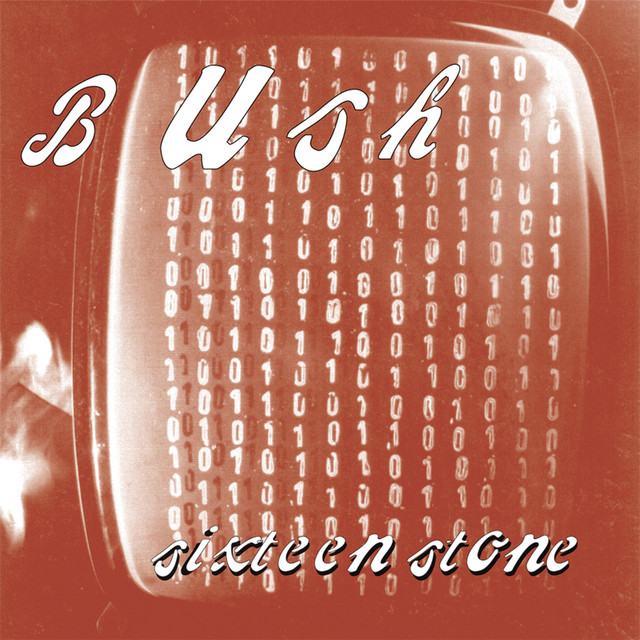Introduction
“You Get What You Give,” the debut single by the New Radicals, released in 1998, is a song that has left an indelible mark on the landscape of alternative rock and pop music. Known for its infectious melody, anthemic chorus, and socio-political commentary, it became an emblem of youthful optimism and rebellion. This article explores the song’s origins, lyrical content, musical composition, cultural impact, and its lasting legacy.
Origins and Background
Formation of New Radicals
The New Radicals was formed by Gregg Alexander, a multi-talented singer, songwriter, and producer, in the mid-1990s. Alexander, who had previously released solo albums, sought to create a project that blended pop, rock, and alternative music with insightful and often provocative lyrics. The New Radicals was essentially Alexander’s brainchild, with him handling most of the songwriting and production duties.
The Album: “Maybe You’ve Been Brainwashed Too”
“You Get What You Give” is the lead single from the New Radicals’ only album, “Maybe You’ve Been Brainwashed Too,” released in October 1998. The album was a critical success, praised for its eclectic mix of styles and sharp lyrical wit. While “You Get What You Give” was the standout track, the album as a whole showcased Alexander’s talent for blending catchy melodies with thought-provoking themes.
Recording Process
The recording of “Maybe You’ve Been Brainwashed Too” took place over several months, with Alexander collaborating with a variety of musicians and session players. The production aimed to capture a raw yet polished sound, blending live instrumentation with electronic elements. This approach gave the album a distinctive feel, bridging the gap between mainstream pop and alternative rock.
Musical Composition
Genre and Style
“You Get What You Give” is a fusion of pop rock and alternative rock, characterized by its upbeat tempo, catchy hooks, and anthemic quality. The song’s energetic and uplifting sound is driven by a combination of jangly guitars, rhythmic basslines, and dynamic drumming. The use of piano and synthesizers adds a layer of brightness and depth to the arrangement.
Influences
The song’s sound draws inspiration from a range of musical styles and artists. Influences from classic rock, power pop, and 1990s alternative rock are evident in its composition. Alexander’s eclectic musical taste and ability to blend different genres contribute to the song’s unique and appealing sound.
Production Techniques
The production of “You Get What You Give” by Gregg Alexander and Rick Nowels involved a meticulous attention to detail. The use of multi-layered vocals, lush instrumentation, and dynamic arrangements creates a rich and immersive listening experience. The song’s production balances a polished, radio-friendly sound with a raw and energetic edge, making it both accessible and impactful.
Lyrical Content and Themes
Youthful Optimism and Rebellion
At its core, “You Get What You Give” is a song about youthful optimism and rebellion. The lyrics convey a sense of hope and empowerment, encouraging listeners to stand up for themselves and others. The iconic line, “Don’t let go, you’ve got the music in you,” embodies the song’s message of resilience and determination.
Socio-Political Commentary
The song also includes sharp socio-political commentary, addressing issues such as consumerism, corruption, and the superficiality of celebrity culture. Lines like “Fashion shoots with Beck and Hanson, Courtney Love, and Marilyn Manson” critique the entertainment industry’s focus on image over substance. The song’s bridge, which calls out various societal ills, adds a layer of urgency and relevance to its message.
Universal Appeal
The lyrics of “You Get What You Give” resonate with a wide audience, thanks to their universal themes of hope, empowerment, and social consciousness. The song’s blend of personal and political messages allows listeners to connect with it on multiple levels, making it both anthemic and thought-provoking.
Key Tracks
“You Get What You Give”
The title track, “You Get What You Give,” is undoubtedly the standout song on the album. Its infectious melody, uplifting lyrics, and dynamic arrangement make it a timeless anthem. The song’s energetic and positive vibe, combined with its sharp social commentary, encapsulates the essence of the New Radicals’ sound and vision.
“Mother We Just Can’t Get Enough”
Another notable track on the album is “Mother We Just Can’t Get Enough.” This song blends funky rhythms with rock and pop elements, creating a groove-driven and socially conscious track. The lyrics address themes of addiction, societal pressure, and the search for meaning, reflecting Alexander’s introspective and critical approach to songwriting.
“Someday We’ll Know”
“Someday We’ll Know” is a more introspective and melancholic track, showcasing the band’s versatility. The song’s poignant lyrics and melodic arrangement create a reflective and emotional listening experience. Its themes of love, loss, and the passage of time add depth to the album, demonstrating the range of Alexander’s songwriting.
Cultural Impact
Chart Performance
“You Get What You Give” was a commercial success, reaching the top 40 in multiple countries, including the United States, the United Kingdom, and Canada. In the US, it peaked at number 36 on the Billboard Hot 100 and topped the Billboard Modern Rock Tracks chart. The song’s widespread airplay and popularity helped establish the New Radicals as a notable act in the late 1990s music scene.
Media and Popular Culture
The song’s infectious energy and positive message made it a popular choice for films, television shows, and commercials. It has been featured in numerous movies and TV series, further cementing its place in popular culture. Its anthemic quality and universal appeal have made it a favorite for various campaigns and events, where its message of hope and resilience resonates strongly.
Legacy
Despite being the New Radicals’ only major hit, “You Get What You Give” has left a lasting legacy. It is often hailed as one of the defining songs of the 1990s and continues to be celebrated for its anthemic quality and socio-political relevance. The song’s enduring popularity is a testament to its timeless appeal and the impact it has had on listeners across generations.
Critical Reception
Initial Reception
Upon its release, “You Get What You Give” received positive reviews from music critics. Critics praised its catchy melody, uplifting message, and sharp lyrical wit. The song was lauded for its blend of pop and alternative rock elements, as well as its ability to address serious issues while remaining accessible and enjoyable.
Retrospective Analysis
In the years since its release, “You Get What You Give” has been re-evaluated by critics and scholars. Its significance as a cultural artifact of the 1990s, as well as its insightful and socially conscious lyrics, have garnered more appreciation. The song is often cited as an example of how pop music can convey deeper messages and inspire listeners to think critically about societal issues.
The New Radicals’ Perspective
Artistic Intent
Gregg Alexander has often spoken about the unexpected success of “You Get What You Give” and his intentions behind the song. He viewed it as a means to address important social and political issues while creating a fun and uplifting anthem. Despite the song’s commercial success, Alexander remained committed to his artistic vision, using his platform to inspire change and encourage critical thinking.
Disbandment and Legacy
Following the success of “You Get What You Give,” the New Radicals disbanded in 1999, with Alexander choosing to focus on songwriting and producing for other artists. The band’s brief but impactful career left a lasting legacy, with “You Get What You Give” continuing to be celebrated as a defining song of the 1990s. Alexander’s subsequent work, including writing hits for artists like Santana, Ronan Keating, and Sophie Ellis-Bextor, has further solidified his influence in the music industry.
Cultural and Social Impact
Youth and Empowerment
The song’s message of hope and empowerment has resonated with young people around the world. Its call to stand up for oneself and others, to challenge the status quo, and to believe in the power of change has inspired generations of listeners. The song’s anthemic quality and positive message have made it a rallying cry for those seeking to make a difference.
Socio-Political Relevance
“You Get What You Give” remains relevant in today’s socio-political climate. Its critique of consumerism, corruption, and superficiality continues to resonate with audiences who are increasingly aware of these issues. The song’s ability to address serious topics while maintaining an upbeat and hopeful tone makes it a powerful and enduring piece of music.
Influence on Music and Pop Culture
The song’s blend of pop, rock, and alternative elements has influenced a generation of artists and musicians. Its success demonstrated the potential for music to address important issues while remaining accessible and enjoyable. The New Radicals’ unique sound and approach have left a lasting impact on the music industry, inspiring artists to blend genres and push the boundaries of pop music.
The Music Video
Visual Aesthetics
The music video for “You Get What You Give,” directed by Evan Bernard, captures the song’s youthful energy and rebellious spirit. Set in a shopping mall, the video features a group of teenagers causing playful chaos and challenging authority. The video’s vibrant and dynamic visuals, combined with its spirited performances, perfectly complement the song’s message and tone.
Symbolism and Themes
The video explores themes of consumerism, rebellion, and empowerment, reflecting the song’s lyrical content. The mall setting serves as a symbol of materialism and societal pressure, while the teenagers’ actions represent a rejection of these values. The video’s playful and subversive tone adds depth to the song’s message, making it both entertaining and thought-provoking.
Legacy and Influence
The music video for “You Get What You Give” has become iconic in its own right, celebrated for its energetic and visually striking approach. Its themes and aesthetics have influenced subsequent music videos, particularly those that seek to blend entertainment with social commentary. The video’s lasting impact is a testament to its creative vision and its ability to resonate with audiences.
Conclusion
“You Get What You Give” by New Radicals is more than just a hit song; it is a cultural phenomenon that encapsulates the spirit of youthful rebellion, optimism, and social consciousness. Its blend of catchy melodies, sharp lyrics, and dynamic production has left a lasting impact on the music industry and popular culture. The song’s enduring popularity and relevance are a testament to its timeless appeal and the power of music to inspire and provoke thought.
As we look back on the legacy of “You Get What You Give,” it serves as a reminder of the importance of staying true to oneself, standing up for what is right, and believing in the power of change. The song’s message of hope and empowerment continues to resonate with listeners across generations, making it a timeless and significant work in the history of music.

